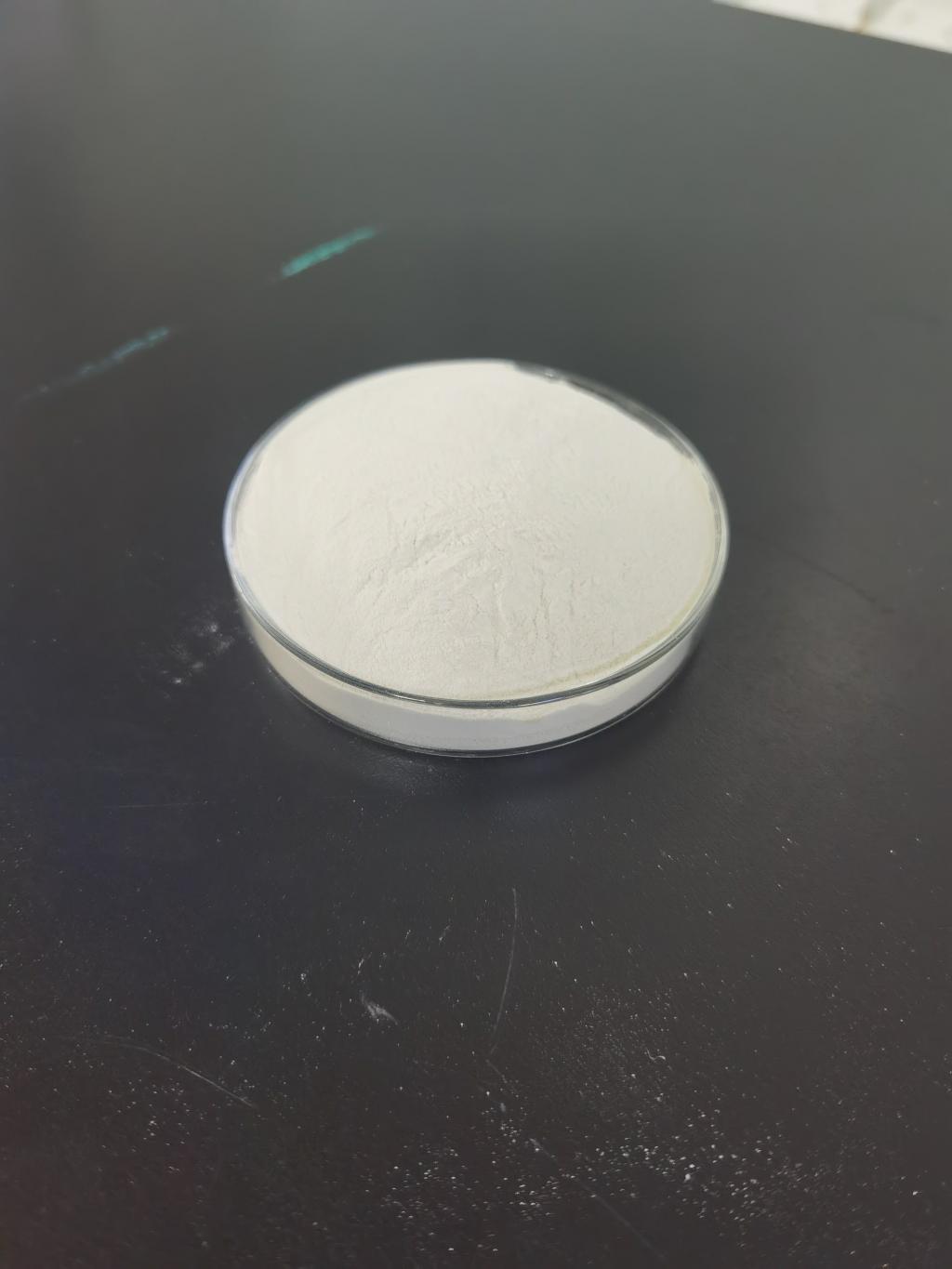Tel:0086 18231198596

News
Nisin's Role in Reducing Allergen Contamination in Processed Foods
TIME:2024-02-29
I. The Prevalence and Impact of Allergen Contamination:
Allergen contamination in processed foods has become a critical concern globally. Common allergens include peanuts, tree nuts, milk, eggs, wheat, soy, fish, and shellfish. The increasing prevalence of food allergies necessitates a proactive approach to mitigate risks associated with allergen contamination, particularly in processed and packaged foods where multiple ingredients are involved.
II. Understanding Nisin:
Nisin, a natural antimicrobial peptide produced by Lactococcus lactis, has long been recognized for its ability to inhibit the growth of bacteria, especially those responsible for food spoilage. Its safety for human consumption has been established, and it is widely used as a preservative in various food products. However, recent research suggests that Nisin's antimicrobial properties may extend to allergenic contaminants.
III. Nisin's Potential in Allergen Reduction:
Bacterial Inhibition: Nisin has demonstrated effectiveness against bacteria commonly associated with food allergens. By inhibiting the growth of these bacteria, Nisin can potentially reduce the risk of cross-contamination during food processing.
Extended Shelf Life: The antimicrobial properties of Nisin can contribute to extending the shelf life of processed foods. This is particularly important in preventing allergen contamination over time, as longer shelf life reduces the likelihood of spoilage and bacterial growth.
Application in Different Food Matrices: Nisin's versatility allows it to be incorporated into various food matrices, including liquids, semi-solids, and solids. This makes it suitable for a wide range of processed foods, providing a holistic approach to allergen reduction.
IV. Challenges and Considerations:
While Nisin holds promise in reducing allergen contamination, several challenges and considerations must be addressed. These include:
Allergen Cross-Reactivity: Understanding potential cross-reactivity between Nisin and common food allergens is crucial to ensure that the peptide does not inadvertently trigger allergic reactions in sensitive individuals.
Regulatory Compliance: Meeting regulatory standards and obtaining approvals for the use of Nisin in allergen reduction require careful adherence to guidelines. Navigating these regulatory processes is essential for the safe and legal application of Nisin in food processing.
Consumer Perception: Communicating the use of Nisin in allergen reduction is vital to maintaining transparency and gaining consumer trust. Addressing concerns and educating consumers about the safety and benefits of Nisin can influence their acceptance of this technology.
V. Case Studies and Success Stories:
Examining case studies where Nisin has been successfully employed in reducing allergen contamination provides valuable insights. Highlighting instances where Nisin has enhanced food safety and met regulatory standards can serve as examples for the industry.
VI. Future Directions and Research:
Ongoing research on Nisin's effectiveness in allergen reduction and exploring its potential applications in different food categories will shape future developments. Collaboration between researchers, food manufacturers, and regulatory bodies is essential to advance our understanding and application of Nisin in addressing allergen contamination.
VII. Collaboration with Food Industry Stakeholders:
Building collaborations between food manufacturers, researchers, and regulatory bodies is crucial for the successful implementation of Nisin in reducing allergen contamination. Shared knowledge and resources can expedite the development and adoption of effective practices.
VIII. Conclusion:
Incorporating Nisin into food processing holds promise for reducing allergen contamination in processed foods. As the prevalence of food allergies continues to rise, adopting innovative solutions becomes imperative. Nisin's natural origin, proven safety, and demonstrated antimicrobial properties position it as a valuable tool in the quest for safer and allergen-reduced food products. However, addressing challenges, ensuring regulatory compliance, and fostering transparent communication are essential steps toward realizing the full potential of Nisin in enhancing food safety for individuals with allergies. Embracing such advancements in food technology can lead to a future where processed foods are not only convenient but also safer for individuals with varying dietary needs.

 CONTACT
CONTACT




